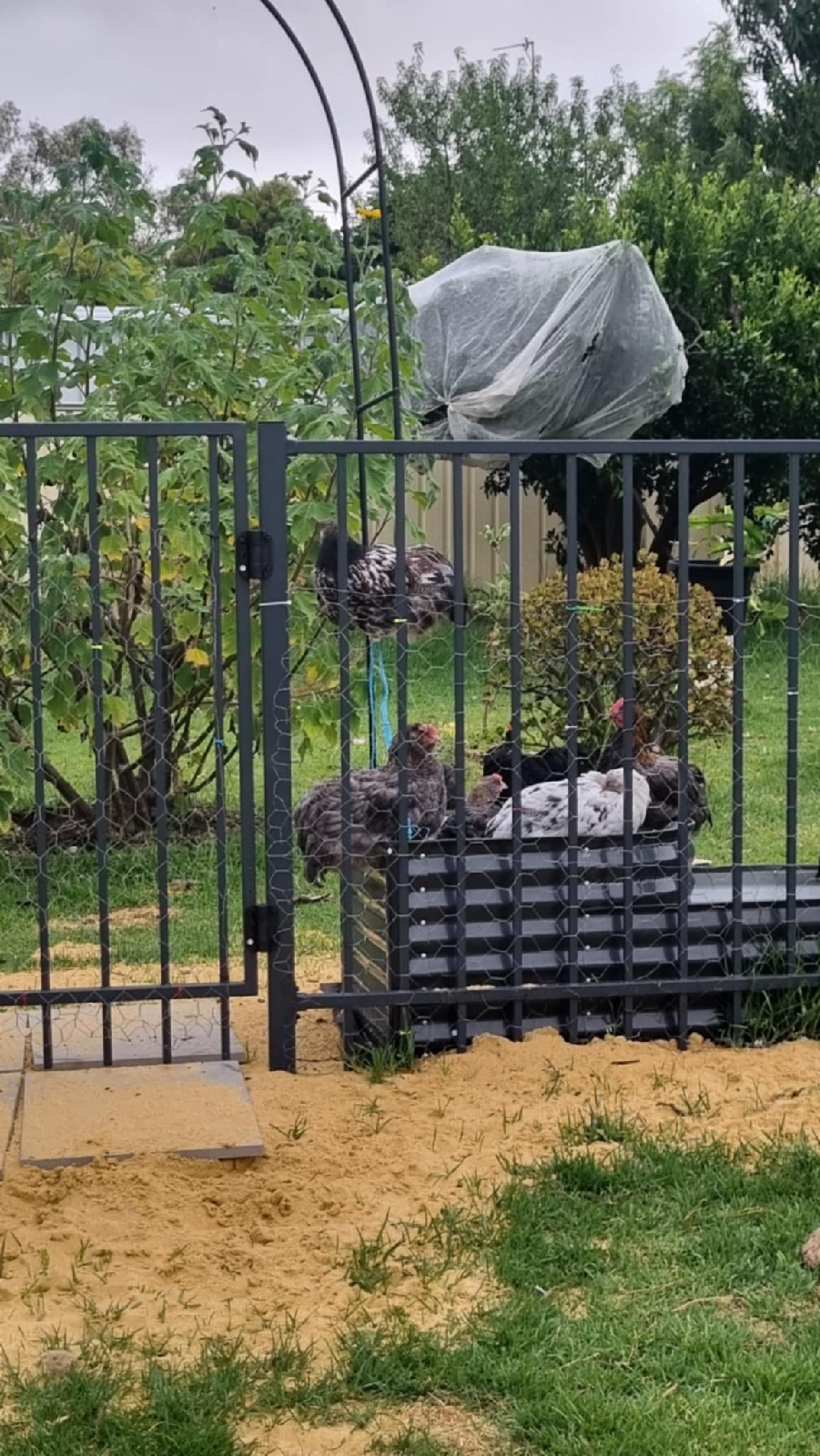Tis The Season For Some Pumpkins
I love pumpkins! They grow in so many shapes, sizes, colours and wartiness!


Most people know the basics, Butternut, Queensland Blue, Kent/ Japanese, and the traditional carving pumpkins showcased every Halloween. However, originating from the America's, there are now roughly 700 varieties worldwide.
Pumpkins fall into the family of squash. There are two main groups, summer and winter squash. Summer squash usually have thinner skins, such as zucchini, whereas winter squash, like our pumpkins, tend to have thicker skins.
Pumpkins range massively in their size, you can grow Jack Be Little, who measures a tiny three inches wide by two inches tall, all the way up to the Atlantic Giant, with some exceeding 1000lbs! Now that's a lot of soup!
Some of my favourite pumpkins include:
. Butternut
I know this is a stock standard option, but it's just a good all-rounder, you can roast, mash, make soup. It's flesh is nice and sweet, and it stores pretty well, they generally crop quite well too.
. Guatemalan Blue
With smooth, sweet orange flesh, this is a favourite. Perfect for roasting, baking, soups, mash, pies and more, oh so delicious, and it has a funky blue skin!
. Red Wart Thing
An unusual name I know but very appropriate. It has a beautiful, deep orange, dense, sweet flesh, at odds with its red/orange, lumpy bumpy party skin.
This season, going into the pumpkin patch will be:
. Blue Kuri
. Flat White Boer
. Galeux D'eyesines
. Iran
. Long Island Cheese
. Moranga
. Musque de Provence
. Sibley
. Triamble
. Mosque de Maroc
Hopefully we will also be adding:
. Trombone Gramma
. Pimply
. Australian Butter
. Ironbark
. Japanese Pie
. Spookie
. Small Sugar
. Jack Be Little
. Big Max
. Gold Nugget
. Japanese Futsu
. Delicate (squash)
Fingers crossed we will be over-run with pumpkins and supplying the whole town!
How do we grow pumpkins?
There's two options, firstly, seeds, either store bought or self saved, or by seedlings.
Honestly you can grow them either way. I've never had much luck with seedlings, last year was my first season with some success, I managed to get my butternut from seedling to plant to fruit, and my musque de provence and Waltham to plant. My sister on the other hand has little luck with seeds, so it's up to you.
Anywho, growing!
Always check your area/ zone, where I am in West Oz, we classify as zone 3 or temperate, which means our growing season is August to February, or spring/ summer. Winter means a lot of rain, which increases the chance of mold, mildews and fruits/plants rotting.
Use plenty of compost, and ensure the ground stays nice and moist, however the do like a well drained soil, no water logging. Mulching around the plants helps your fruit not to rot, and provides a barrier to aid in moisture retention. The soil does need to be super rich, only slightly fertile for the plants to grow and produce.
One of the biggest problems people have today is pollination. Pumpkins, like many other plants use bugs for pollination, so try and encourage a healthy variety of beneficial insects and bees for maxim cropping.
One of the hardest things for me when starting out was that pumpkins produceboth male and female flowers. But how do you tell which is which? What's the difference?
Male flowers usually appear first, usually well before the females. So don't panic of you see flowers but no fruit, all in good time. Males also tend to be smaller in size, on long thin stems, they go straight from the stem to the flowers. There also tends to be many more males than females.
Female flowers appear later and are usually significantly larger. Females go from the stem, to a small, unfertilised fruit and then the flower.













Comments
Post a Comment